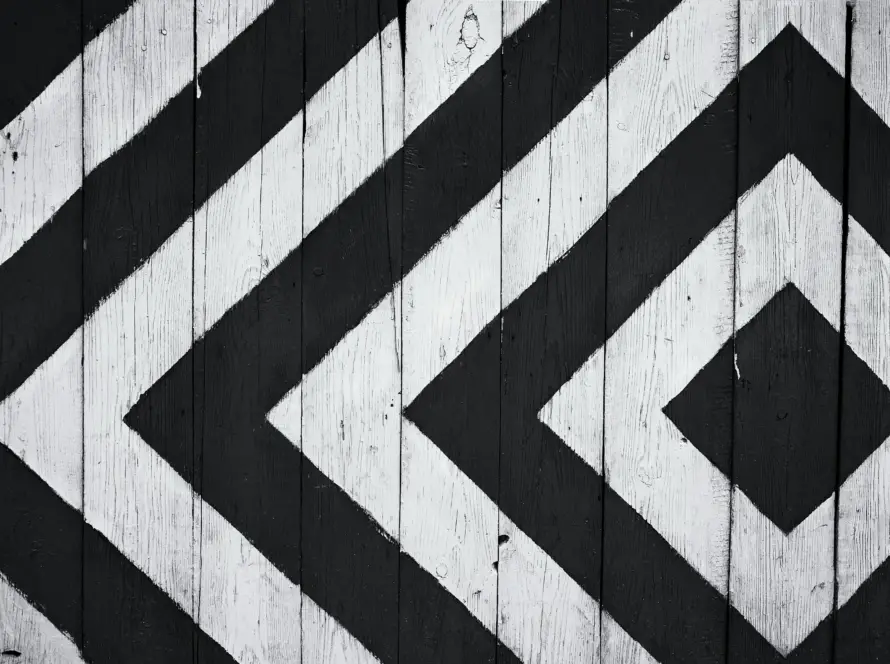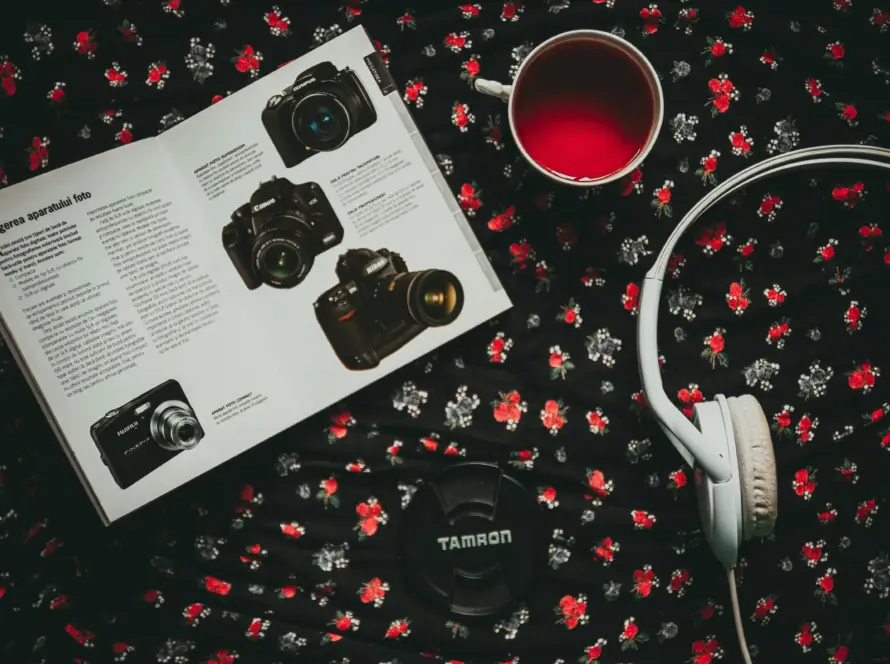Generated by Contentify AI
- Introduction
- Developing a Minimalist Design Aesthetic
- Importance of Negative Space in Graphic Design
- The Influence of Minimalism on Modern Design Trends
- Tips for Creating Clean and Simple Graphic Designs
- Case Studies of Successful Minimalist Graphic Design Campaigns
- Conclusion

Key Takeaways
- Minimalist graphic design emphasizes simplicity and clean aesthetics
- It often relies on a limited color palette and negative space to create impact
- Many brands and artists utilize minimalist graphic design to convey a modern and sophisticated image
Introduction
Minimalist graphic design has become a prominent and influential style in the world of visual communication. This aesthetic emphasizes simplicity, clean lines, and the strategic use of negative space to convey messages effectively. By exploring minimalist graphic design, designers can create impactful and visually appealing compositions that stand out in today’s cluttered visual landscape.
Developing a Minimalist Design Aesthetic
To develop a minimalist design aesthetic, designers must focus on simplicity and elegance in their compositions. This involves stripping away unnecessary elements and focusing on the core message or concept. By utilizing clean lines, ample white space, and a limited color palette, designers can create visually striking and impactful designs. It is essential to pay attention to typography, ensuring that it complements the overall aesthetic and reinforces the minimalist approach. By exploring the principles of minimalist graphic design, designers can create designs that are visually appealing, easy to understand, and memorable.
Importance of Negative Space in Graphic Design
Understanding the significance of negative space in graphic design is crucial when exploring minimalist design principles. Negative space, also known as white space, plays a fundamental role in enhancing the overall visual impact and clarity of a design. By strategically incorporating negative space around and within elements, designers can create a sense of balance, harmony, and sophistication in their compositions. This thoughtful use of empty space allows the essential elements of a design to breathe and stand out, capturing the viewer’s attention and conveying the intended message effectively. In minimalist graphic design, the prudent use of negative space is a hallmark of elegance and simplicity, elevating the visual appeal and ensuring the design remains clean and uncluttered. By understanding and harnessing the power of negative space, designers can create compelling and impactful designs that resonate with their audience.
Related articles
The Influence of Minimalism on Modern Design Trends
Minimalist graphic design has significantly influenced modern design trends. This aesthetic approach emphasizes simplicity, clean lines, and the strategic use of negative space to convey messages effectively. By exploring the principles of minimalist graphic design, designers can create visually appealing compositions that stand out in today’s visually saturated world. The minimalist ethos of “less is more” has permeated various design disciplines, from branding and advertising to web and product design. Designers are drawn to the minimalist style for its ability to convey messages clearly and powerfully, often leaving a lasting impression on viewers. This influence of minimalism on modern design trends underscores the timeless appeal and versatility of minimalist graphic design in capturing attention and communicating effectively in a cluttered visual landscape.
Tips for Creating Clean and Simple Graphic Designs
When creating clean and simple graphic designs, designers should prioritize simplicity, elegance, and the strategic use of white space. By focusing on minimal elements and decluttering compositions, designers can achieve visually striking results. Embrace a limited color palette, clean lines, and thoughtful typography to reinforce the minimalist aesthetic. Remember that negative space plays a crucial role in minimalist design, allowing essential elements to stand out and communicate effectively. By exploring the principles of minimalist graphic design and applying them deliberately, designers can craft impactful and memorable visual compositions that resonate with audiences.
Case Studies of Successful Minimalist Graphic Design Campaigns
In the realm of graphic design, the art of minimalism has proven to be a powerful tool for creating compelling and effective visual communication. By embracing simplicity, clean lines, and the strategic use of negative space, designers can craft designs that speak volumes with subtlety. Let’s delve into the world of successful minimalist graphic design campaigns to understand how these principles have been applied in real-world scenarios to captivate audiences and convey messages with clarity and impact.
One notable example is the “Less is More” campaign by a renowned fashion brand. The minimalist approach adopted in this campaign allowed the brand to showcase its sleek and sophisticated products in a visually striking manner. By using a limited color palette, clean typography, and generous white space, the brand effectively communicated its message of elegance and quality to consumers. The strategic use of negative space enhanced the overall aesthetic appeal of the campaign, drawing attention to the essential elements and creating a sense of luxury and exclusivity.
Another compelling case study is the minimalist rebranding of a tech startup. By simplifying their logo, streamlining their website design, and adopting a minimalist color scheme, the startup was able to present a more polished and professional image to potential investors and clients. The clean and simple graphic designs not only modernized the brand’s visual identity but also made their message more accessible and memorable to a broader audience.
These case studies exemplify how exploring minimalist graphic design principles can elevate a brand’s visual communication strategy and leave a lasting impression on viewers. By embracing simplicity, paying attention to detail, and harnessing the power of negative space, designers can create designs that are both visually appealing and highly effective in conveying messages. The success of these minimalist graphic design campaigns serves as a testament to the enduring appeal and impact of minimalist aesthetics in the world of visual communication.
Conclusion
Minimalist graphic design is more than just a design trend—it is a powerful approach that prioritizes simplicity, clean lines, and strategic use of space to convey messages effectively. By delving into the realm of minimalist graphic design, designers can create visually compelling compositions that resonate with audiences on a deeper level. This aesthetic ethos emphasizes the importance of negative space, encouraging designers to leverage empty spaces to enhance visual impact and clarity. The influence of minimalism on modern design trends is evident in various creative disciplines, from branding to web design, as designers seek to capture attention and communicate messages clearly in today’s visually saturated world. By embracing the principles of minimalist graphic design and applying them thoughtfully, designers can craft clean and simple designs that leave a lasting impression. Case studies of successful minimalist graphic design campaigns showcase how minimalist principles can be applied to captivate audiences and convey messages with subtlety and impact. Through a focus on simplicity, elegance, and the strategic use of space, designers can create designs that are not only visually appealing but also highly effective in communicating messages.






